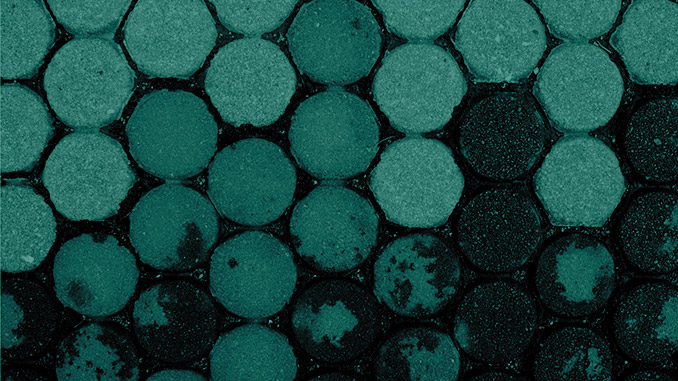
Over the past two decades, landscape architecture has grown in importance and stature across the world. More and more landscape architects are taking on projects in their local area and abroad. However, over the same period, we have seen an increase in the design of spaces that are homogenous or style, with many designs imitating or drawing upon ideas that are not suited to the site or place.
This trend may be reflecting globalisation, a greater connected internet world or simply the proliferation of ideas through Pinterest and Instagram across the world. It may also be that clients and designers often being attracted to the bright new shiny trend. However, trends have existed from the dawn of the profession from plant collections to arboretums to follies to conservatoriums to city gateways to reusing railway viaducts (in no particular order). These are not the disturbing trends; what troubles me is that there seems to become a palette of programs, functions, materials, water features, public art, lighting and super graphics that are applied as a toolkit on any site across the world without reference or understanding of the site context and culture. I (and others) often refer to this trend or typology as the international design style.
In recent times (before COVID), I had travelled to projects in China, the USA and Australia, where upon entering the space and then closing my eyes clearing my mind of the urban context and then opening them, I would be hard-pressed to determine the location (city or suburb) I was standing. This is a disturbing trend that is driven by many factors.
Some may say that homogenous landscape design only occurs in residential and commercial landscapes due to the influence of short-term trends and global development companies creating projects across various geographic regions and their need to create international brands and experiences. This may be true, however, we are seeing this aesthetic (palette) extend beyond commercial landscapes into the public spaces due to designers and clients drawing inspiration from the same design palette.
The international design style palette often includes clean lines and surfaces, three shades of grey, terraced landscapes, water play features, clipped evergreen shrubs, perennial meadows (not local species), supergraphics, and mural art. Sometimes these are placed all together or two elements to create the design. Over time, each new design is a pastiche (imitation) of the previous version.
There is a need to combat this trend and embrace site context including the local environment, culture, topography, issues, materials and ideas. The “international design style” needs to be put to the side, and we as designers need to use our design skills and abilities to draw inspiration from the site context. The local landscape and people can provide learnings about the site and its context that you can not ascertain during a single site visit. The people of the area have years of experience and knowledge. Local knowledge is not limited to the people connected to the site (or attend consultation), but also those in local institutions, organisations and governments.
We now have the ability through the internet to draw upon the vast amounts of contextual information complemented with the insider knowledge of the local people. However, this should be used as a starting point and there is no excuse for not seeking out information and drawing upon local knowledge through consultation.
Some may say that this assertion limits the ability of designers to create inspiring designs or that the local ideas, materials or plant palettes are too limited and don’t suit the client’s needs. The challenge is to use what is available to create locally inspired design and question your design narrative and intent. Is an international artist (or commercial catalogue art) needed to provide the public art or wall mural? Are there local plants that could be used to create a similar aesthetic to a meadow of imported perennials? Can we change the design typology or styles across the site based on environmental conditions? This challenge also extends into the technical aspects of the project. Do we need imported soil? Can we use local stone? What is the microclimate? What local and indigenous plants are commercially available, or can they be contract grown?
Taking up this challenge and asking questions about every design decision creates a better-resolved design and inspires locals to have pride in their local environment. We often hear clients, government officials, and others justify their design decisions by successful precedents (from other cities) or new shiny ideas in the current world. We as designers can flip homogenous design on its head and state that local innovation and ideas are just as valid as international ideas and using local ideas and talent can create a more successful project as it will be accepted, owned and used by local people and visitors.
It will take education and many conversations to make this happen; Site considered (contextual) design is not the easy way and will require more involvement, thought and time than merely putting together a Pinterest or Miro board. However, drawing upon local context to inspire and create the design (project) narrative is key to gaining the confidence of decision-makers to make the change.
Written by Damian Holmes, Founder & Editor of WLA (World Landscape Architecture)
Image Credit: Different shades of grey, Flickr User Dr. Matthias Ripp
